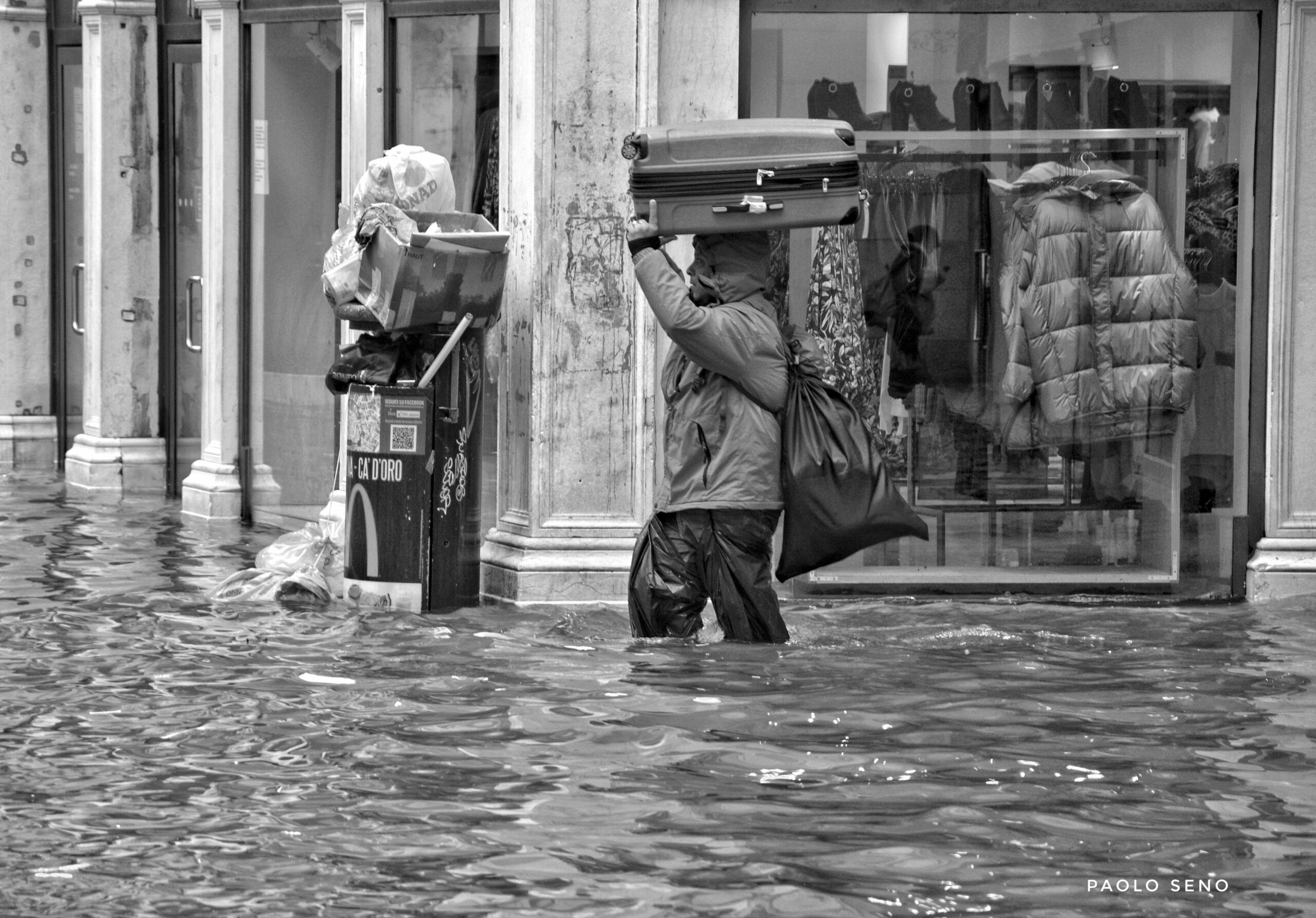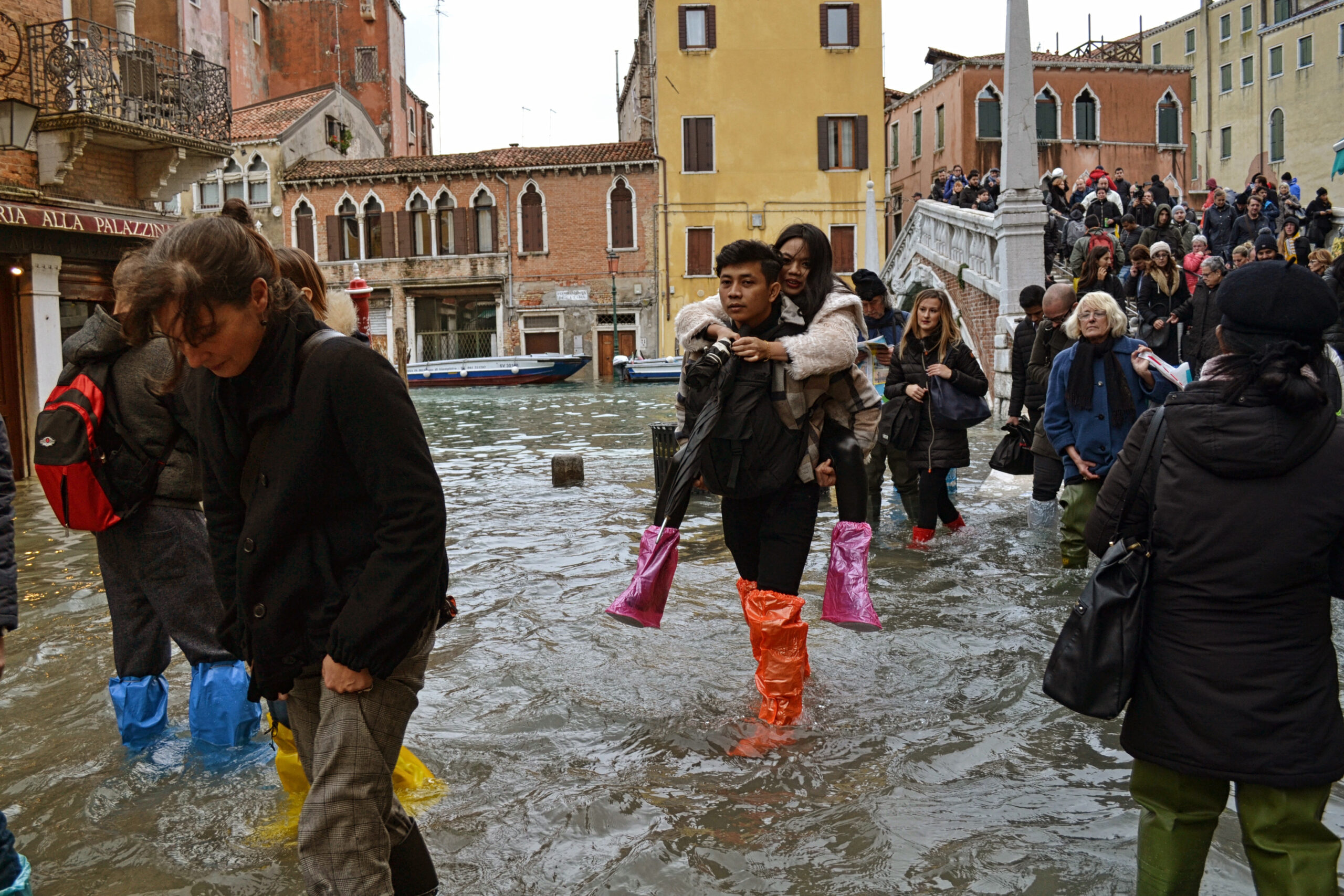Honorary Mention
How can communities cope with the devastating effects of climate change and build a new future? The Aquagranda project has allowed Venetian citizens to jointly build a digital community memory from social media and other sources about the devastating floods of November 2019.
Researchers in AI and artists created powerful artworks to unlock meanings from more than 40,000 fragments of memories, such as photos, videos and messages: all the raw material has been collected through the cooperation with the community and is now guarded in the digital archive. The results have been shown both in a hybrid exhibition distributed throughout the city and accessible by augmented reality on mobile devices and a physical exhibition that took place in one of the most flood-damaged buildings in 2019.
Jury Statement
The impacts of the climate emergency are increasingly felt around the globe. Addressing the consequences on a coastal community, the AquaGranda project gathered an open-data archive of the 2019 Venice flood after which it is named, and crowd-sourced memories and meaning-making using digital platforms. The project involved artists and scientists alongside citizens in responding to these diverse inputs about the flood, creating online and offline knowledge and artworks that provide insights into the human and social-scale repercussions of living with climate precarity.
Jury of the European Union Prize for Citizen Science 2023 (Kat Austen, Lewis Hou, Pedro Russo, Andrea Sforzi, Stefanie Wuschitz). View full Statement here.
Credits
AquaGranda received financial support from the European Union through the following programs:
EU H2020 FETPROACT-01-2016 – FET Proactive: emerging themes and communities: ODYCCEUS – Opinion Dynamics and Cultural Conflict in European Spaces (732942) [2019-2020], EU H2020 FETPROACT-EIC-05-2019 – FET Proactive: emerging paradigm and communities: MUHAI – Meaning and Understanding in Human-centric AI (951846) [2020-2021], EU H2020 ICT-26-2018-2020- Artificial Intelligence AI4EU – A European AI On Demand Platform and Ecosystem (8525619) [2021], and EU HORIZON-MSCA-2022-CITIZENS-01: BlueNights (101061605) [2022].
Biographies

Distretto Veneziano Ricerca e Innovazione
Distretto Veneziano Ricerca e Innovazione (IT) – Venetian District of Research and Innovation was created by signing the Venice Statement during World Science Day, held with the auspices of UNESCO, and aiming to undertake a communitarian mission to reach the excellence in scientific research. DVRI gathers together cultural Institutions, Research centers, Universities and associations. All the members share resources, knowledge, instruments and data to realize common projects at national and international level, mainly focused on achieving sustainable development. All DVRI members have endorsed their commitment within the Venetian Innovation and Research District in order to strengthen the relationship between the Venetian culture and knowledge centers and local communities, through stimulating, creative and interdisciplinary activities.

Università Ca’Foscari Venezia (IT)
Università Ca’Foscari Venezia (IT) was established in 1868 as Royal Business College and was the first of its kind in Italy. Today, it is recognized as one of the best universities in the country offering its students diverse and ample study programs in the following areas: Management, Environmental Sciences, Information Technologies, Molecular Sciences and Nanosystems, Social, Economic and Environmental Sustainability, Economics, Digital Humanities, and Foreign Languages.

Luc Steels
Luc Steels (BE) initiated the Aqua Granda project in December 2019 as a visiting professor for the ODYCCUES project at Ca’Foscari University. Since his studies at the MIT AI Laboratory he has been active in research in artificial intelligence, language evolution, behaviour-based robotics, and knowledge-based systems. He was the founding director of the AI Laboratory of the University of Brussels and of the Sony Computer Science Laboratory in Paris. From 2012 he was a fellow at the Catalan Institute for Advanced Studies. Currently, he is associated with Venice International University as director of the EU project MUHAI.

Massimo Warglien
Massimo Warglien (IT) is professor at the Dept. of Management, Ca’ Foscari University and a member of the ODYCCEUS team. His current scientific interests combine behavioral and experimental economics with applications of NLP to social sciences. He also has major interests in language and games, and multispecies interaction. He held visiting positions in international universities and research centers and has published in major scientific journals. He is a board member of the Intl. Centre for the Humanities and Social Change and a member of the Venice Digital and Public Humanities Laboratory.
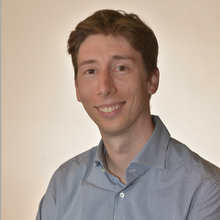
Marco Cosmo
Marco Cosmo (IT) is the Director of DVRI. He after an experience Business Consultancy he moved to Ca’ Foscari University of Venice as Temporary Research Associate. Now he is in charge as Director of Ca’ Foscari Alumni (’15) and since ’17 he has been working also in the Development Office (from ’22 as Director) dealing with Fundraising, Corporate Program, Business Development and Special projects. Since ’22 he is the Director of DVRI. Since ’18 he is a member of the “Global Shapers Community Venice Hub” Advisory Board (a WEF’s project) of more than 400 city-based Hubs developed and led by young leaders.

Federica Bardelli
Federica Bardelli (IT) is researcher at Media Studies – University of Amsterdam. She is currently part of the Visual Methodologies Collective, Amsterdam. Her work focuses on new visual languages applied to research, specializing in information and data visualization strategies with digital methods. She’s now working at the intersection of digital and multimedia arts, deriving common languages between research and artistic practices.

Gabriele Colombo
Gabriele Colombo (IT) is a researcher at Media Studies at the University of Amsterdam. He is affiliated with DensityDesign, a research lab at the Design Department of Politecnico di Milano, with the Department of Architecture and Arts of the Università IUAV di Venezia, and he is part of Visual Methodologies Collective in Amsterdam. His research and teaching activities focus on the design of novel strategies for the communication, exploration, analysis and valorisation of collections of images and videos.\
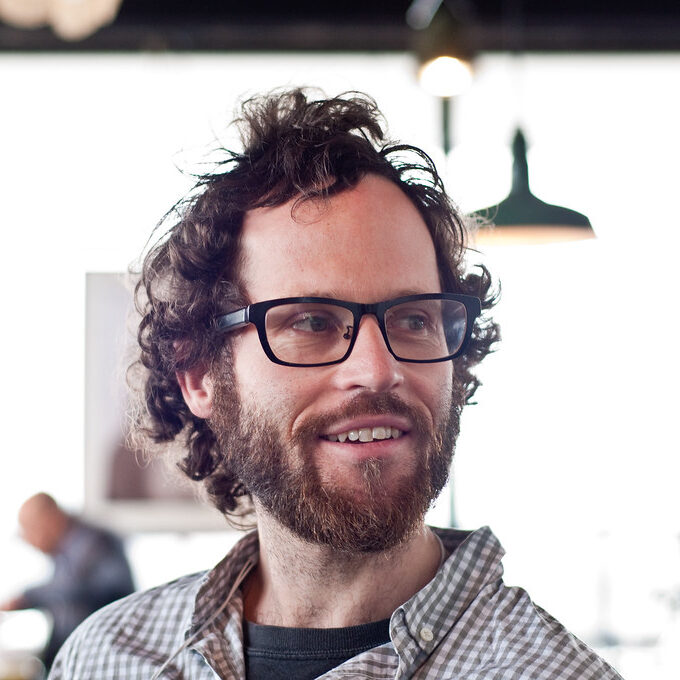
Marc Tuters
Marc Tuters (NL) is an assistant professor at the University of Amsterdam in Media Studies, and a postdoc with the Digital Methods Initiative, the sole humanities research team in the Odysseus project. Prior to his current academic career, Marc developed the concept of “locative media” — a term used by researchers and practitioners alike to refer to for site-specific digital art. Now residing in Amsterdam, Marc was born in London, he grew up in Toronto and Montreal, and has lived in Los Angeles and Tokyo.
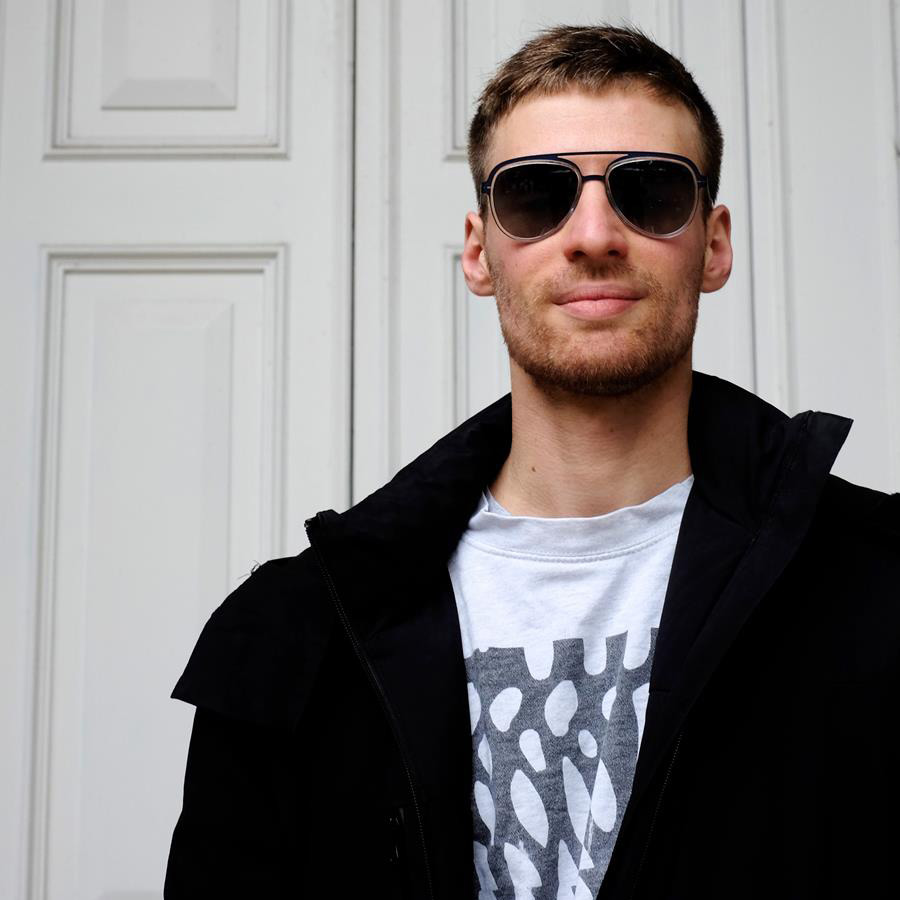
Joeri Bultheel
Joeri Bultheel (BE) is a developer and sound -artist from Brussels currently living in Berlin. He did a bachelor in sonology at the Conservatory in The Hague, focusing on computer music, and a master in applied computer science at the University of Brussels (VUB). The past five years he has been working as a mobile developer, making iPhone apps mostly but also doing all sorts of other programming for desktop applications, for 3D visualizations, and for the web.
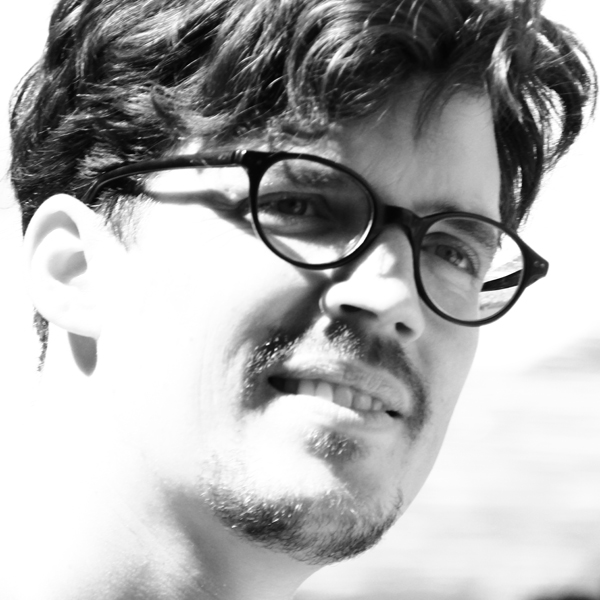
Fabian Kühlein
Fabian Kühlein (DE) is a freelance radio play and radio artist. He has been touring radio studios, theatre stages and urban spaces since 2005. In recent years he has realised numerous radio plays and features for public broadcasting, created sound events for theatre plays and conceived audio installations in museums and public spaces.

Robin Lamarche-Perrin
Robin Lamarche-Perrin (FR) is a CNRS researcher at the Complex System Institute of Paris Île-de-France. There, he works on computational tools for the study of social processes and human interactions. He also conceives digital artworks based on physical simulation, algorithmic alteration, and generative design: https://lodelo.art

Armin Pournaki
Armin Pournaki (DE) is a PhD candidate at the Max Planck Institute for Mathematics in the Sciences, Leipzig, where he develops social media observatories using interactive network visualizations. He is interested in the mechanisms that lead to community formation in networks and is currently exploring new mathematical approaches to discourse analysis.
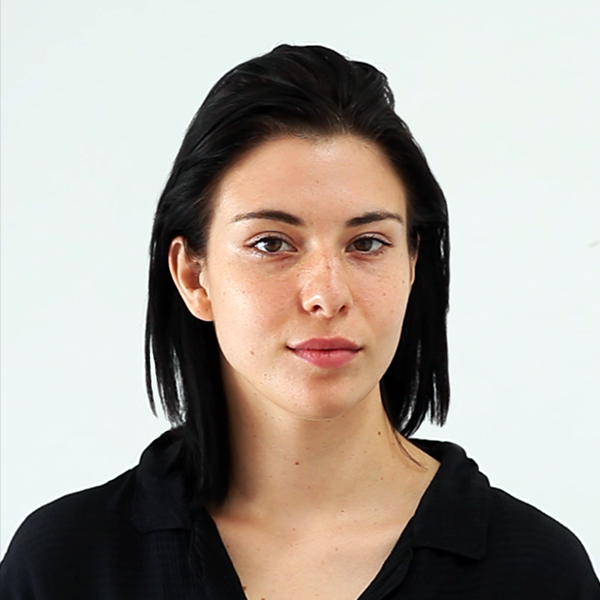
Margarita Maximova
Margarita Maximova (DE) is a video artist currently living and working in Berlin. She has widely exhibited in galleries, museums, off-spaces and media festivals. In her most recent body of work she analyses psychological and emotional concepts concerning the use of language in the digital era.

Carlo Santagiustina
Carlo Santagiustina (IT) is assistant professor of Research Methods at Ca’ Foscari University, where he is responsible for the CISCO X Venywhere project. He has a background in behavioural economics and risk perception, and he is specialized in computational methods & AI solutions for management research, and Internet phenomena analysis. He develops digital methodologies for the analysis of online debates, narratives and deliberations, contributing, among others, to the ODYCCEUS and ISEED projects. He also collaborates with the MUHAI project at Venice International University.\ LinkedIn: https://it.linkedin.com/in/carlo-santagiustina

Matteo Silverio
Matteo Silverio (IT) is a trained architect interested in exploring the potentialities given by scientific and technologic innovations in the design process, through a modern and multi -disciplinary approach that involves digital and fabrication tools. Many of his projects have been published in magazines, books, and exhibited in prestigious museums or institutions such as the Mint Gallery, the Saatchi Gallery or the Corning Museum of Glass, among others.
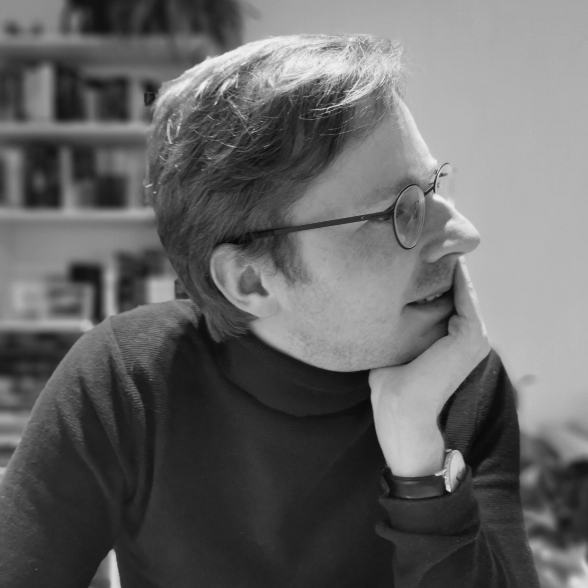
Tom Willaert
Tom Willaert (BE) is a postdoctoral researcher in digital methods at the VUB Artificial Intelligence Lab. Building on a background in humanities scholarship, he develops and uses computational methods for text analysis in order to study societal, cultural and political conflicts in online media.
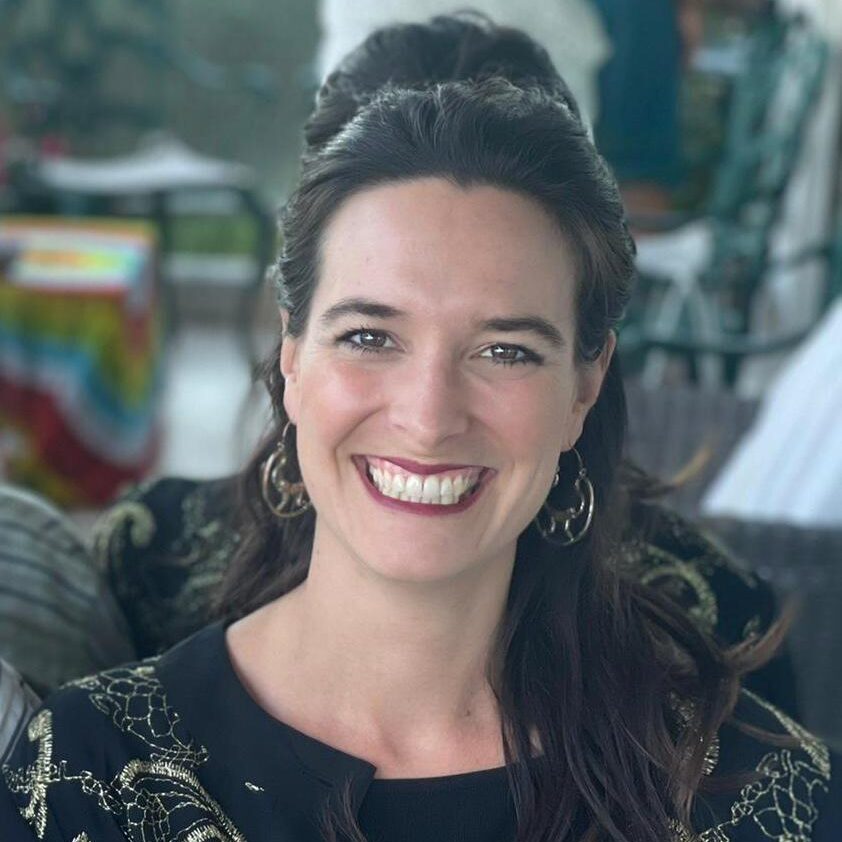
Costanza Sartoris
Costanza Sartoris (IT) just completed her Ph.D. in management at Ca’ Foscari University. Her research centers on organizing practices read through a post-anthropocentric perspective, with a focus on plants. She holds a BA in management for the arts at Bocconi University and a MA in visual culture and curatorial studies at Brera Academy of Fine Arts. In 2022, with Noemi Biasetton and Matteo Vianello, she curated the project ‘Matters of Lives. Encounters on the Edge of the Pluriverse’. In 2021, with Luc Steels she co-edited the book ‘Aqua Granda. A digital community memory’.

Erica Villa
Erica Villa (IT), biologist, holds a master’s degree in science communication from SISSA. She has worked in institutional science communication for the Ministry of Health, scientific publishing houses, and international scicomm journals. Formerly working at Ca’ Foscari University of Venice, she now works as a consultant and curator of art and science projects and exhibitions, with a focus on creating an impact on younger generations through the arts. Her passion lies in the intersection of art and science as a source for new creative content, particularly for environmental artivism.
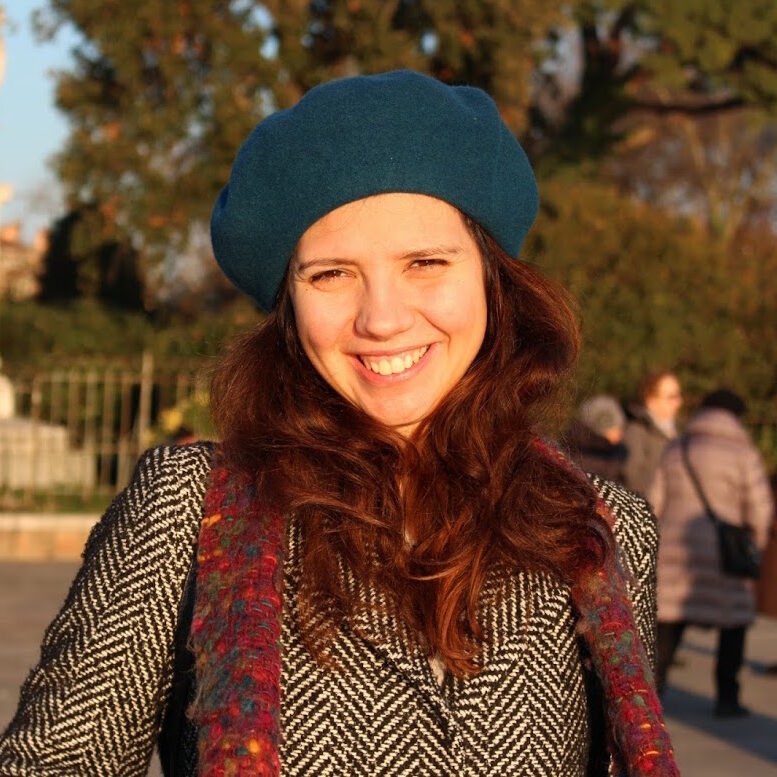
Gabriella Traviglia
Gabriella Traviglia (IT) is a cultural professional specializing in research valorization, and the use of new technologies and data to create portals, and web-apps for cultural and scientific content. She has experience in managing events, exhibitions, and non-formal education programs. Gabriella has worked with DVRI, CNR, and Science Gallery, among others. She has a master’s degree in digital humanities and conducted research fellowships in scientific dissemination. She has also published articles on the connection between art and science, digital curation, and cross-media education paths. linkedin

Giulia Saya
Giulia Saya (IT) is a content lead and project manager for exhibitions and artistic projects. She worked alongside various art directors, such as L. Mazzieri at CBDIME Milan. She has been gallery manager for AKKA Project and coordinated the set-up of the new exhibition spaces of the Fondazione Santa Maria Nuova in Florence. She organized several workshops on graphic design & AI for the Center for Future Publishing, in collaboration with HEAD-Genève. She was recently appointed by the DVRI as project manager for AquaGranda’s immersive exhibition ‘Sulle ‘Acque’, which took place in Venice in 2022. linkedin

Michele Schiavinato
Michele Schiavinato (IT) is a researcher working in the field of machine learning, artificial intelligence and computer vision. He started his study carrier at Ca’ Foscari University of Venice obtaining a Ph.D. in Computer Science. In the same university, he gets a postdoc working on several applied research projects. His most relevant contributions are related to software solutions for local companies. He has joined to the Odycceus European project developing and maintaining the Aqua Granda database. Currently, he is continuing to follow this project while collaborating with Strategy Innovation Hub, a Ca’ Foscari’s spin-off.
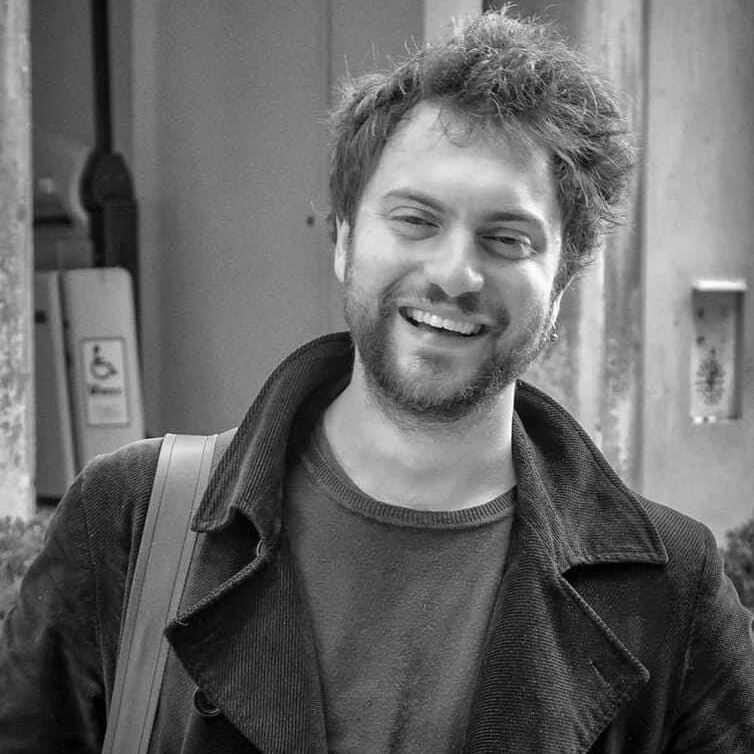
Marco Paladini
Marco Paladini (IT) has a degree in archaeology and deals with museum teaching and public archaeology. He collaborated with museums and foundations, including the MUVE and the Fondazione Querini Stampalia. Passionate about cinema and theater, he was the protagonist of a web series with which he won two national awards (RaiFiction award 2016, Best Italian Web Actor award 2015). Active in various socio-cultural associations, he lives and works in Venice. For AquaGranda, he coordinated the community-based digital materials collection campaign and was the coordinator of the cultural outreach events of the exhibition ‘Sulle Acque’.

Alessandro Descovi
Alessandro Descovi (IT) has been managing and developing web projects for over 10 years. Graduated in Design from IED, he has collaborated with numerous companies, including Volkswagen, Feltrinelli, the Autonomous Province of Trento, and Ca’ Foscari University of Venice. Today, he is the CEO of Rubynetti. He specializes mainly in the use of Ruby on Rails, Vue.js, and React technologies.
Armin Linke
Armin Linke (IT) has documented for over twenty years how humanity uses technologies and knowledge to transform the surface of the Earth and adapt it to its needs. In a collective approach with other creatives, researchers and scientists, the narratives of his works expand on the level of multiple discourses. His works were exhibited internationally. He won the special prize at the 2004 Venice Biennale of Architecture and Image Capital was awarded the Kubus.Sparda Art Prize in 2019.
Giulia Bruno
Giulia Bruno’s (IT) artistic and photographic research focuses primarily on issues of identity, technology, language, architecture and on the contradictions occurring in the interaction between these areas. As a filmmaker, she is interested in artificial languages and languages that have carried culture and human resources for centuries, with a particular interest in their preservation and transformation to preserve communication and knowledge. Her works have been presented internationally.
Neal Hartman
Neal Hartman (CH) was the director of Science Gallery Venice. With a mechanical engineering degree from the University of California, Berkeley, Neal worked as an engineer at CERN for 18 years. Actively involved in science/art outreach since 2007, he co-founded CineGlobe, the International Film Festival at CERN, showcasing films inspired by science and technology. He was director of production for TEDxCERN for five editions. Chairman of the World VR Forum in 2017, Neal has organised multiple events in virtual reality. With a degree also in film directing, his passions are equally shared between art and science.

